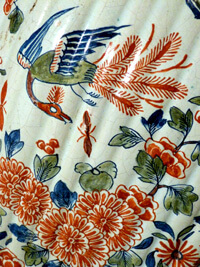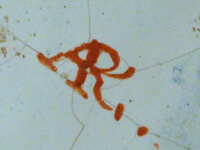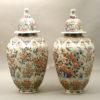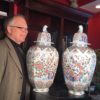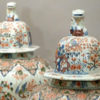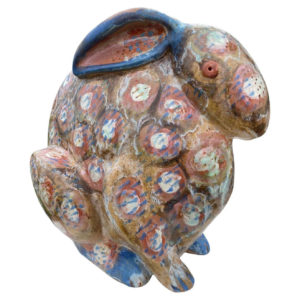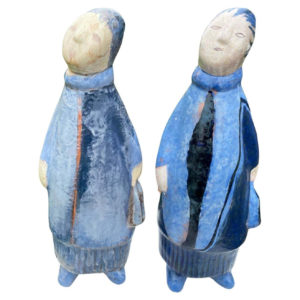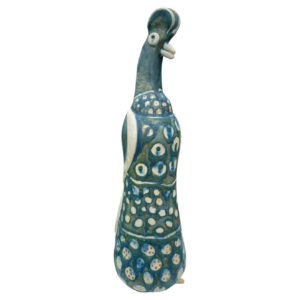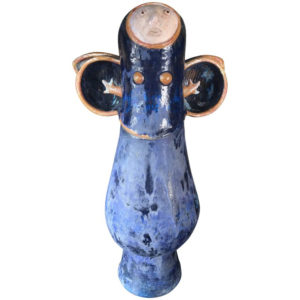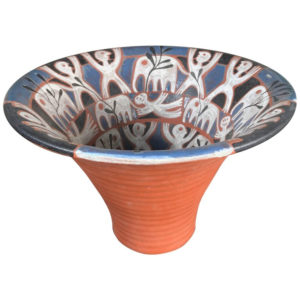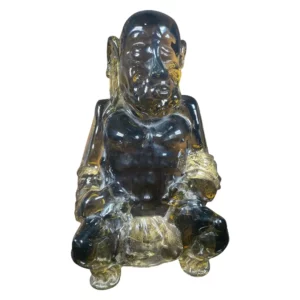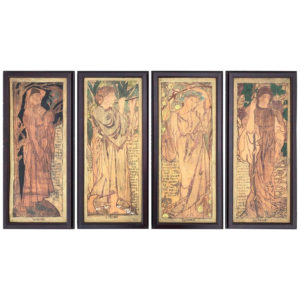Netherlands, 17th century pair of chinoiserie Imari “birds and butterflies” polychromed vases, 24″ high
$12,000.00
Sold Out
Lifetime GuaranteeEmail to a friend
Netherlands, monumental 17th century pair of hand painted and hand glazed chinoiserie Imari birds and butterflies polychromed vases
-deckelvasen- with lion finials, faceted and ribbed walls.
SIGNATURE: Signed bases: Delft House of Adrian Pijnacker, red monogram marking, about 1700.
Quality: Fine condition.
Dimensions: Tall 24 inches high.
Hand made, hand painted, and hand glazed gorgeous works of art
Provenance: Old German collection.
History: Chinoiserie is the European interpretation and imitation of Chinese and East Asian artistic traditions, especially motifs in the decorative arts, architecture, and garden design of the 17th and 18th centuries.
The earliest tin-glazed Dutch pottery was made in Antwerp about 1500 though much of the finer work was produced in delft. From 1640–1740 delft potters began using personal monograms and distinctive factory marks. In 1654 a gunpowder explosion in delft destroyed many breweries
and as the brewing industry was in decline, they became available to pottery makers looking for larger premises; some retained the old brewery names, e.g. The Double Tankard, The Young Moors’ Head, and The Three Bells. From about 1615, the potters began to coat their pots completely in
white tin glaze instead of covering only the painting surface and coating the rest with clear ceramic glaze. They then began to cover the tin-glaze with clear glaze, which gave depth to the fired surface and smoothness to cobalt blues, ultimately creating a good resemblance to porcelain. During the
Dutch Golden Age, the Dutch East India Company had a lively trade with the East and imported millions of pieces of Chinese porcelain in the early 17th century. The Chinese workmanship and attention to detail impressed many. Only the richest could afford the early imports. Dutch potters began to imitate Chinese porcelains after the death of the Wanli Emperor in 1620, when the supply to Europe was interrupted and delftware inspired by Chinese originals persisted from about 1630 to the mid-18th century.
Reference: Musee des Beaux Arts de Montreal collection European ceramics for a similar example.
Item Details
- Dimensions: N/A
Related Art
(802) 279-7601
(802) 279-7601
(802) 279-7601
(802) 279-7601
(802) 279-7601
(802) 279-7601
(802) 279-7601
(802) 279-7601
(802) 279-7601
(802) 279-7601
(802) 279-7601
(802) 279-7601
(802) 279-7601
(802) 279-7601
(802) 279-7601
(802) 279-7601
(802) 279-7601
(802) 279-7601
(802) 279-7601
(802) 279-7601
(802) 279-7601
(802) 279-7601
(802) 279-7601
(802) 279-7601
(802) 279-7601





